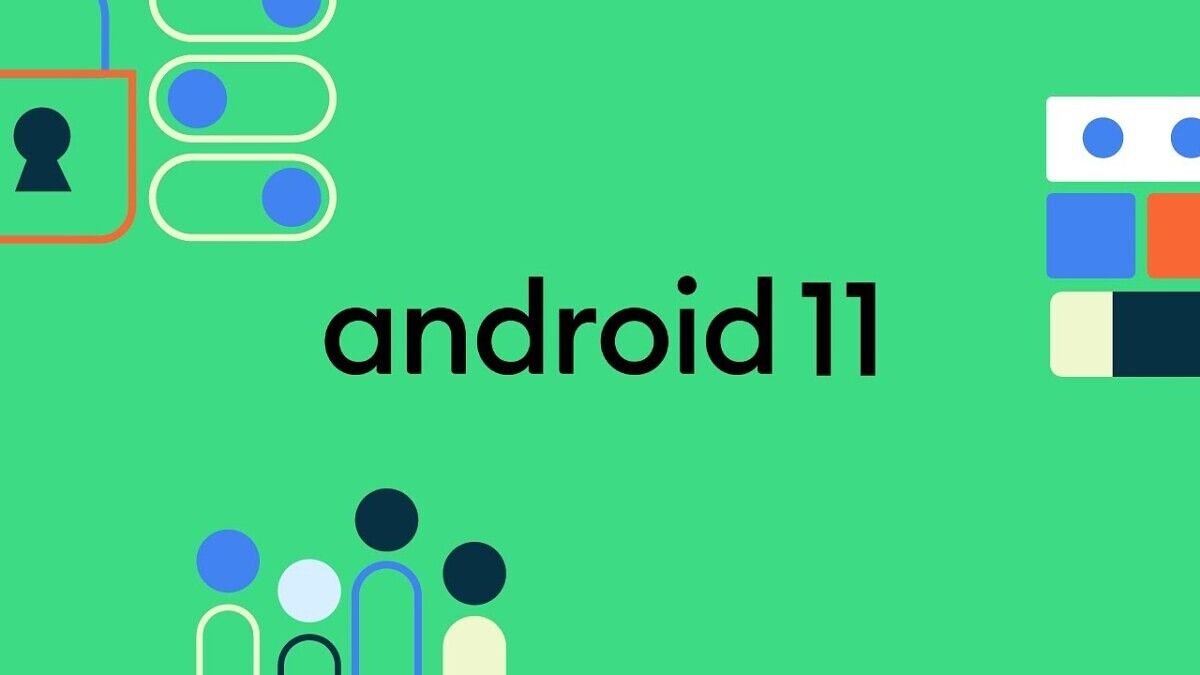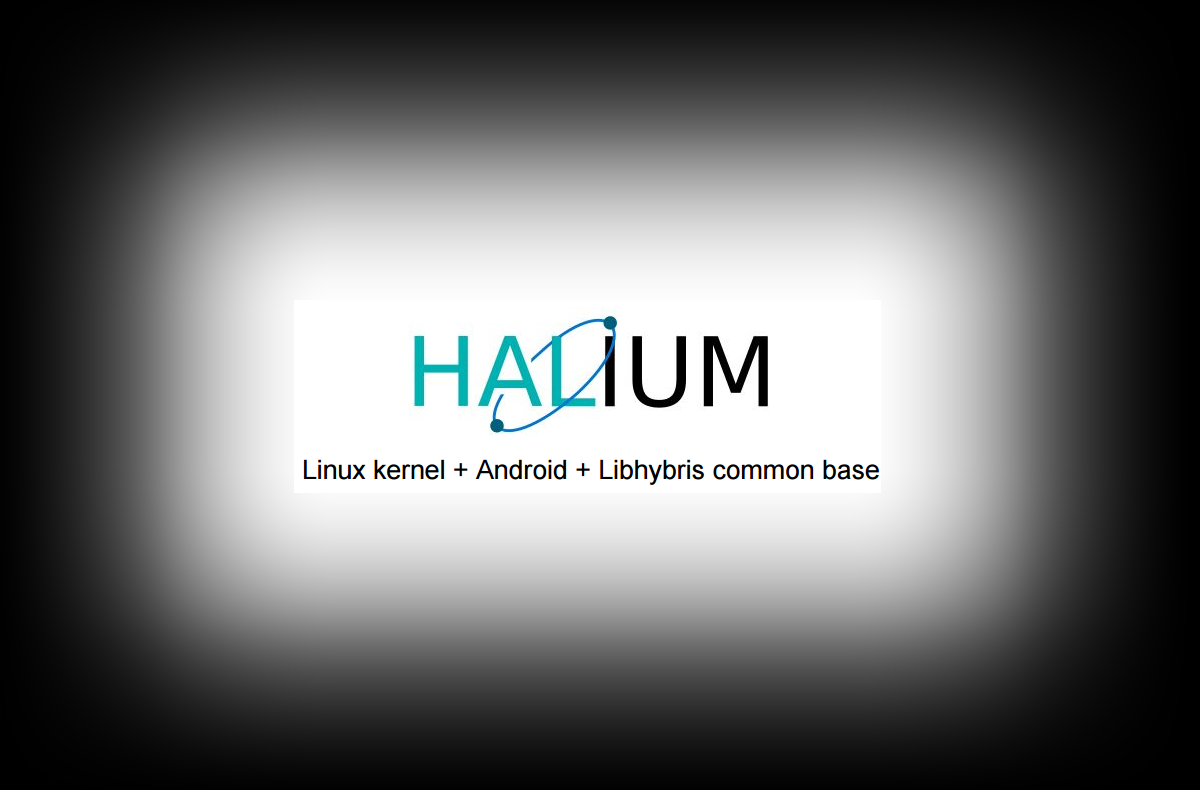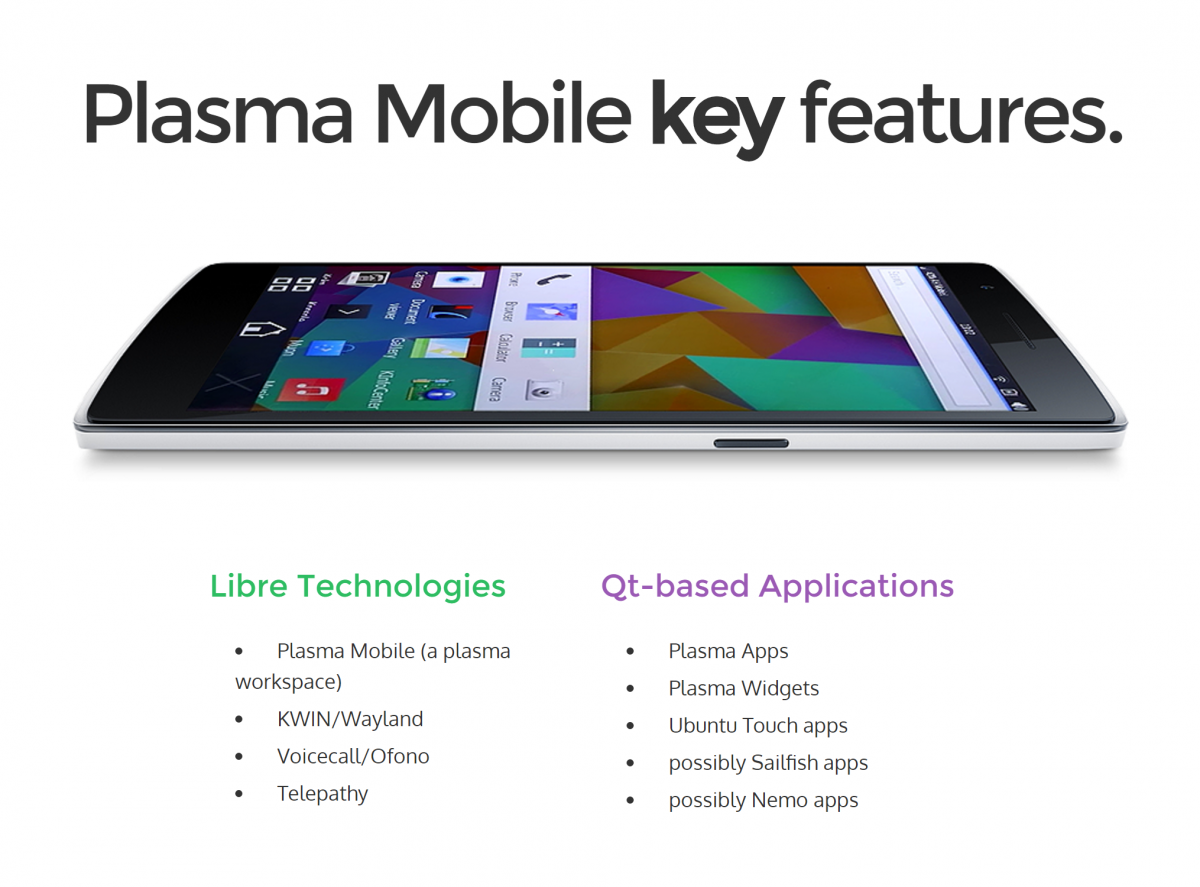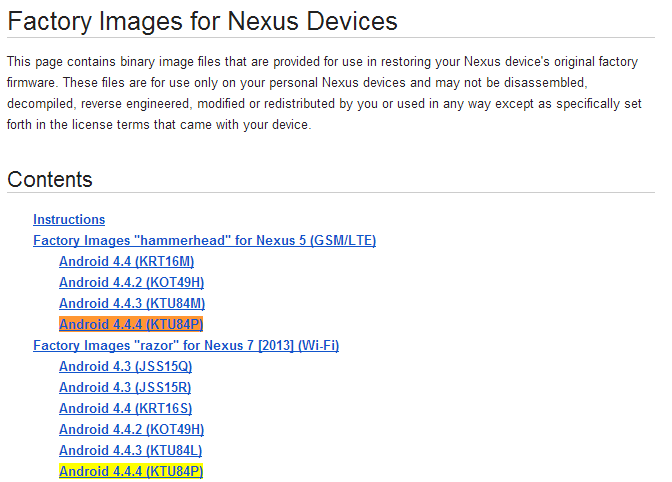latest

The Google Pixel 6 is the modern-day Nexus 5
The Nexus 5 was likely the last great Nexus smartphone, and it's hard to argue that the Pixel line of smartphones aren't heavily influenced.
The Google Nexus 5 was my first real introduction to the true world of smartphone modding, and maybe it was for you too. An easily unlocked bootloader, a litany of custom ROMs to choose from, and a thriving community filled with like-minded smartphone enthusiasts made this phone my ingress to the XDA-Developers forums. I had dabbled in the past with devices like the HTC Desire C and the Vodafone Smart, but the Nexus 5 was different. The Nexus 5 was special.

The OnePlus One, Google Nexus 5, and four 8 year-old Sony Xperia phones get Android 11 custom ROMs
Developers have brought Android 11 to the years-old OnePlus One, Google Nexus 5, and four Sony Xperia phones via LineageOS 18.1 builds.
If your old phone still works, then why should you upgrade? That's the question a lot of people ask themselves every month. Sometimes, you'll be forced to upgrade when your carrier makes changes to their network, but if you have an older phone that can still make calls, texts, and use mobile data, then you can keep using it for as long as the hardware lasts. The biggest problem with using outdated hardware is getting up-to-date software to make your apps keep working and keep your device safe from security exploits. Fortunately, if you still use the OnePlus One, the Google Nexus 5, or the Sony Xperia SP, T, TX, or V, you can upgrade your software to the latest Android 11 release, albeit unofficially, thanks to custom Android 11 ROMs on our forums.

postmarketOS is a Touch-Optimized Linux Distro for Smartphones and Tablets
postmarketOS is an aftermarket Linux distribution which has only one premise: giving smartphones and tablets a 10-year lifespan.
Arguably one of the worst things about the Android ecosystem is how quickly most devices reach the end of their software support life cycle, at least when compared to Apple or Google. Right now, you can expect to get up to 2 years of updates and 3 years of security patches from your manufacturer. If you're lucky, those updates may only take months rather than a year to arrive! This is due to many factors, silicon manufacturers being an important one. And Google has done lots of things to try and fix that, the most effort being Project Treble. However, if you're the tech savvy kind of person, you can keep your device up to date with custom ROMs, which port over the newest Android releases and security patches to older, unsupported phones. This is not enough, though, as eventually, age will take its toll, and your phone will become progressively slower as time moves on.

Halium is an Open Source Project Working Towards a Common Base for Non-Android Mobile Operating Systems
Project Halium is an open source project that aims to build a common working base for all non-Android, GNU/Linux based operating systems.
If you are an Android enthusiast who has also explored beyond the world of purely Android-based custom ROMs, you have probably heard of projects such as Ubuntu Touch, Sailfish OS, and the like.

Plasma Mobile is a Fully Open-Source Smartphone OS from KDE e.V.
Plasma Mobile is fully open-source smartphone OS from KDE e.V. aimed to turn your smartphone into a "fully open hacking machine."
If you've dabbled with Linux distros in the past, then you've likely heard of KDE before. KDE stands for K Desktop Environment and it's one of the main desktop environment options (next to GNOME) that can be used on Linux distros. KDE e.V. is a registered non-profit organization that represents the KDE community when in legal and financial matters. The team behind this organization has just announced a new, open source smartphone OS called Plasma Mobile.

Nexus 4, 5, and 9 OTA Downloads of 5.1.1
Nexus devices of all stripes are receiving OTA updates right now, but here are the files and guides you need to jump the queue and update without delay!
This month was a big one for Android 5.1.1 updates, as you can see from last week's roundup and the barrage of posts on the portal's front page in the recent past. So far we are seeing the lineup of Wear watches, the Nexus 4, Nexus 9, Nexus 10, Nexus Player, and a handfull of others slowly make their way to the latest Android. While waiting around for updates may be fine for casual users, this is XDA; we have OTA download links and we know how to use them. Read on to grab those files and patch your droids ahead of Google's sluggish timetable.

Source Built Lollipop for Nexus 4, 5, 7, 10, Xperia Z
Source code for Android 5.0 Lollipop was uploaded to the AOSP just yesterday. Now one day later, the first batch of ROMs has appeared for various devices!
Update: Thank you to commenter Amith KK for letting us know about the Source-Built Lollipop port for the Nexus 7 (2012) by XDA Senior Member MidnightNinja.

Android 4.4.4 KTU84P Factory Images and Driver Binaries Available for Nexus Devices, Source Code Now Live
Android 4.4.4 KTU84P factory images and proprietary driver binaries have been released to most of the the current generation Nexus lineup. Source now live!
Well, that was unexpected! After dozens of leaks leading up to the eventual release of Android 4.4.3, Android 4.4.4 has suddenly arrived without so much as a moment's notice. The update itself has not yet begun rolling out to actual end user devices, but just like what we saw with 4.4.3 KTU84M, the factory images have been posted for the majority of the current generation Nexus fleet.

Just two days ago, we wrote about how Android 4.4.2 was rolling out to the most recent Nexus devices. This was only four days after the Android 4.4.1 roll out. And earlier today, we took a quick look at what changed from 4.4 to 4.4.2. Now, we're glad to report that the Android 4.4.2 source code has made its way over to the AOSP, and factory restore images are now available for the Google Nexus 4, Nexus 5, Nexus 7, Nexus 7 (2013), and Nexus 10.

In this episode, XDA Developer TV Producer Jordan shows you how to root your Google Nexus 5. The Google Nexus 5 is hot news in the Android ecosystem. It is the first device released with Android 4.4 KitKat, and that is a good thing. But as usual at XDA, we must root all the things, and the Nexus 5 is no exception to that!

We all knew that the Google Nexus 5 would be rooted as soon as users and developers started getting their hands on the device. And now, that time has come. XDA Elite Recognized Developer Chainfire recently received his unit, and we can all guess what happened next. So if you're lucky enough to already have your own, or even if yours is simply on the way, good things are in store for you.

So the long awaited Google Nexus 5 is finally here. And with the new device, comes a new version of Android: version 4.4 "KitKat." About two months ago, Google announced the name of their latest version of Android. However, not much was said about the OS, and what would be different from 4.3 Jelly Bean. This comes in stark contrast to the Nexus 5's hardware, which was pretty much a done deal seemingly forever ago. In any case, both the device and the OS are available now. And as such, all of the remaining details have come to light.



